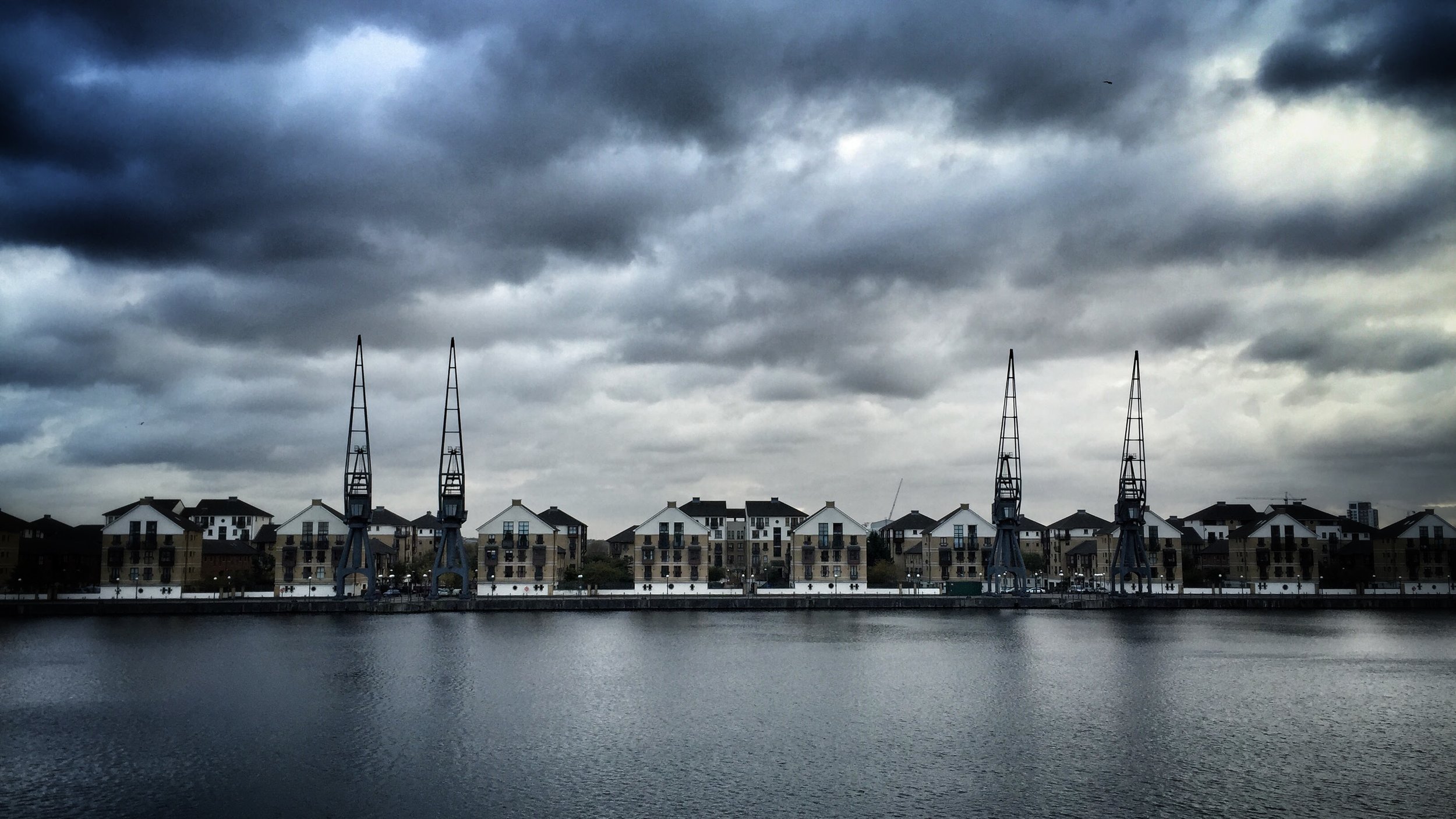Big Data is a Design Problem
The problem with Big Data isn’t that one should use it but why, and that’s a design problem.
Big Data is a trendy catch phrase that marketing people throw around to show they’re onto something. The beauty of it is that is it so broad, so elusive and so hard to fathom that most people don’t even try.
I should know, I work in a hotel data and analytics company and I am a marketing person.
In working on data problems, listening to excellent speakers from great data companies, and then looking and talking to the possible users (hotels in my case) there is a chasm, a large chasm between the dreams, theories and possibilities of “Big Data” versus reality and costs.
Sure, some huge megacorps could afford to put a bunch of people in a room, engineers and statisticians to come up with tons of data and correlations and undoubtedly they would come up with great insights.
But that’s exactly the point.
It isn’t because we have data that it must be used or that it will produce any beneficial result. That’s like a hotelier that has a bunch of extra couches in storage so why not a make double-decker couches for every room. In other words, it isn’t because we can that we should.
True there is more data now than ever before, and that’s not about to stop. As people add more computing units to their lives these produce more data, which in theory will give more insight and thus one can make better decisions. But that’s the theory.
How will knowing the number of times one switched on the AC or lights make hoteliers better? How will knowing the number of times someone shared their breakfast on Instagram make anything better?
When I look at some of the Big Data projects that exist it seems like the brief was: here’s a sea of data — we’d like to use it.
Imagine a Pixar movie being done that way: Here are a bunch of computers and some illustrators — make a movie. It just wont work. Or consumer electronics: Here are a bunch of transistors and batteries — make something.
It comes down to design. And the best way I’ve found was to take the 10 Principles of Good Design by Dieter Rams and apply it to data:
“Good design is innovative
The possibilities for innovation are not, by any means, exhausted. Technological development is always offering new opportunities for innovative design. But innovative design always develops in tandem with innovative technology, and can never be an end in itself.”
Good data is innovative
Good data is innovating constantly, as technology improves, data is curated better, is correlated easier and begins to mean more. Having the data or having a cool dashboard isn’t going to be enough — it is only there to help humans make better decisions.
“Good design makes a product useful
A product is bought to be used. It has to satisfy certain criteria, not only functional, but also psychological and aesthetic. Good design emphasizes the usefulness of a product whilst disregarding anything that could possibly detract from it.”
Good data makes a product useful
Good data can’t only be about marketing and “Big Brother” type stuff, if it doesn’t make the product (hotel) more useful it will not help. It should make hotels better and more useful to the guests.
“Good design is aesthetic
The aesthetic quality of a product is integral to its usefulness because products we use every day affect our person and our well-being. But only well-executed objects can be beautiful.”
Good data is aesthetic
Good data should be presented in an aesthetic manner. It must be pleasing to the user and not add mental strain. Graphic design and layout are no longer a luxury, they are the norm. Ugly and boring data adds friction to the use and thus wastes the opportunity for improvement.
“Good design makes a product understandable
It clarifies the product’s structure. Better still, it can make the product talk. At best, it is self-explanatory.”
Good data makes a product understandable
Using data shouldn’t require a PhD, it should be self-explanatory and the conclusions should come naturally. For hotels, it should explain what is happening in the hotel and the data should explain itself.
“Good design is unobtrusive
Products fulfilling a purpose are like tools. They are neither decorative objects nor works of art. Their design should therefore be both neutral and restrained, to leave room for the user’s self-expression.”
Good data is unobtrusive
We have seen the infographics and beautiful data visualizations. Yes they are pleasing to watch — but the problem is one’s attention isn’t on the content but on the graphic design. Data shouldn’t be a work of art, it should be neutral and helpful, while pleasing to use.
“Good design is honest
It does not make a product more innovative, powerful or valuable than it really is. It does not attempt to manipulate the consumer with promises that cannot be kept.”
Good data is honest
Unfortunately most data isn’t. Many people love to tweak the data. Good data should just give the facts, if they aren’t pretty then management knows what to fix. If they are great then it should show what to work more on.
“Good design is long-lasting
It avoids being fashionable and therefore never appears antiquated. Unlike fashionable design, it lasts many years — even in today’s throwaway society.”
Good data is long-lasting
Data should remain valuable next year and in ten years. If it only is useful to you in the next 24 hours then it probably isn’t that valuable and can be worked on later.
“Good design is thorough down to the last detail
Nothing must be arbitrary or left to chance. Care and accuracy in the design process show respect towards the user.”
Good data is thorough down to the last detail
This is a tough one because there is a lot of data which isn’t thorough. It doesn’t mean to throw away the rest of the data, but to present it with accuracy when it is and keep a sandbox with the rest while it becomes more accurate.
“Good design is environmentally-friendly
Design makes an important contribution to the preservation of the environment. It conserves resources and minimizes physical and visual pollution throughout the lifecycle of the product.”
Good data is environmentally-friendly
This one is the least relevant — but then that depends on the scale. However it applies to reports, people still print out reams of reports “just in case” where managers look at one line.
“Good design is as little design as possible
Less, but better — because it concentrates on the essential aspects, and the products are not burdened with non-essentials. Back to purity, back to simplicity.”
Good data is as little data as possible
People already have a lot to think of, they need the right data at the right time. As mentioned in point nine above, there are so many reports being printed and sent around that serve no purpose. As a manager what data they needs and they’ll say “everything” but what they use is almost nothing. So get the right data, less data but better.
I wrote this as a fun exercise, none of it is too serious or scholarly. But if we start looking at data from a design viewpoint, more people will use more data and we’ll have better hotels and products.
Hotels already have access to incredible data through guest reviews such as TripAdvisor and others, this data properly used would give incredible insights into how they can better manage their hotels.
Hope looking at it from this aspect can help some get a better grasp of how to work their data projects.







